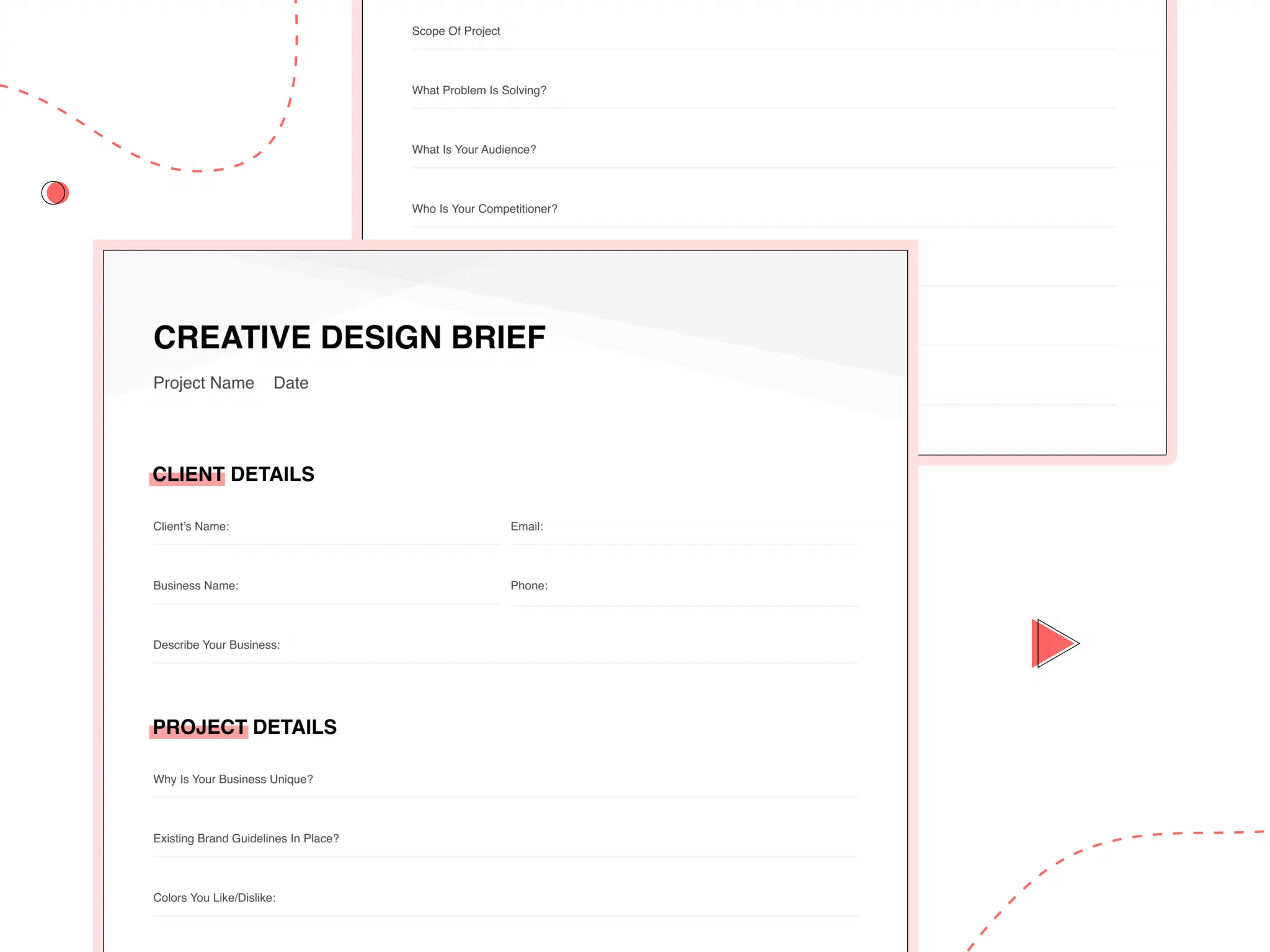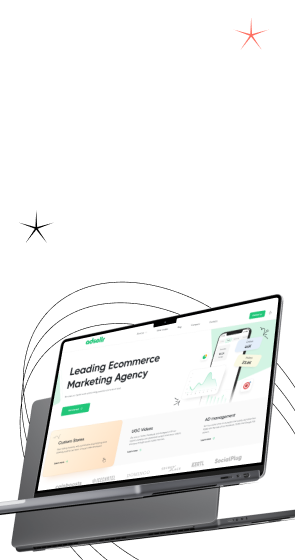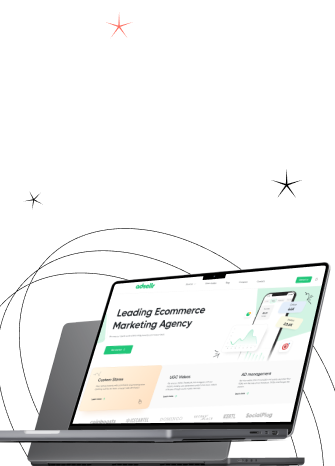A good website is needed for any business today, regardless of whether you will sell something using it. This is why the demand for web designers is very high. Hiring a designer is not difficult because there are quite a few jobseekers. But a wide variety of options is not always a good thing.
It’s hard to get lost in the dazzling variety of resumes and portfolios. And the likelihood of making the wrong choice (especially if you are a newbie in this area) is very high. Below you will find a step-by-step guide that will walk you through the journey of hiring a good web designer from start to finish. And you will also find out why Ukrainian web designers are so good and why the whole world is working on outsourcing with Ukraine?






